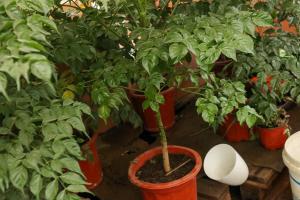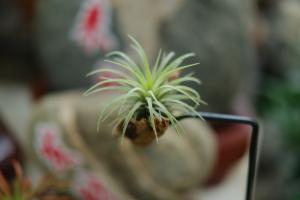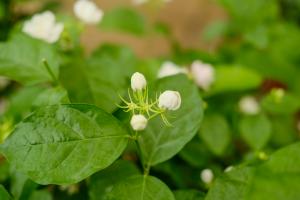Why Are My Tomato Plants Turning Yellow with Black Spots?
Tomatoes are a staple in many gardens for their delicious flavor and versatility in the kitchen. However, growing healthy tomato plants requires careful attention and maintenance, and sometimes problems arise that can lead to leaf yellowing and black spots. In this article, we will explore some common causes of these symptoms and offer tips on how to prevent and treat them.
Possible Causes of Yellowing and Black Spots on Tomato Plants
Fungal Infections
One of the most common causes of yellowing and black spots on tomato plants is a fungal infection. These infections can be caused by a variety of fungi such as alternaria, septoria, and early blight. Symptoms of fungal infections include yellowing and browning of the leaves and the appearance of small black spots on the leaves, stems, and fruit. Fungi often thrive in warm, humid weather conditions and can spread quickly if not controlled.
Inadequate Watering
Another possible cause of leaf yellowing and black spots on tomato plants is inadequate watering. Tomatoes require consistent and adequate watering to thrive, and without it, they can become stressed and more susceptible to diseases. Overwatering can also cause similar symptoms, so it is important to maintain a consistent watering schedule and monitor soil moisture levels.
Nutrient Deficiencies
Tomatoes require sufficient nutrients to grow and produce healthy fruit, and a lack of essential nutrients can cause leaves to turn yellow and develop black spots. Nutrient deficiencies are often caused by poor soil quality or imbalanced fertilizer applications. To prevent nutrient deficiencies, test your soil and adjust fertilization accordingly, and consider adding organic matter to improve soil quality.
Tips for Preventing and Treating Tomato Plant Yellowing and Black Spots
Cultural Control Techniques
There are several cultural control techniques that can help prevent and treat yellowing and black spots on tomato plants. These include crop rotation, pruning and removing infected leaves, and properly spacing plants. Crop rotation allows for pathogens to be eliminated from the soil and ensures that plants are not being constantly exposed to the same pathogens. Pruning and removing infected leaves can help prevent the spread of fungal infections, and proper spacing allows for better air circulation and reduces humidity levels.
Fungicides and Other Treatments
If cultural control techniques are not enough to prevent or treat yellowing and black spots on tomato plants, fungicides and other treatments may be necessary. There are a variety of fungicides available that can help prevent and treat fungal infections, but it is important to read and follow the label instructions carefully. Other treatments may include applying natural remedies such as neem oil or using companion planting methods to repel pests.
Conclusion
Yellowing and black spots on tomato plants can be a frustrating problem for gardeners, but by understanding the possible causes and implementing prevention and treatment techniques, healthy plants can be maintained. Remember to consistently monitor watering and fertilization, properly space plants and practice crop rotation, and consider using fungicides or natural remedies as necessary.

 how many times do yo...
how many times do yo... how many planted tre...
how many planted tre... how many pine trees ...
how many pine trees ... how many pecan trees...
how many pecan trees... how many plants comp...
how many plants comp... how many plants can ...
how many plants can ... how many plants and ...
how many plants and ... how many pepper plan...
how many pepper plan...































